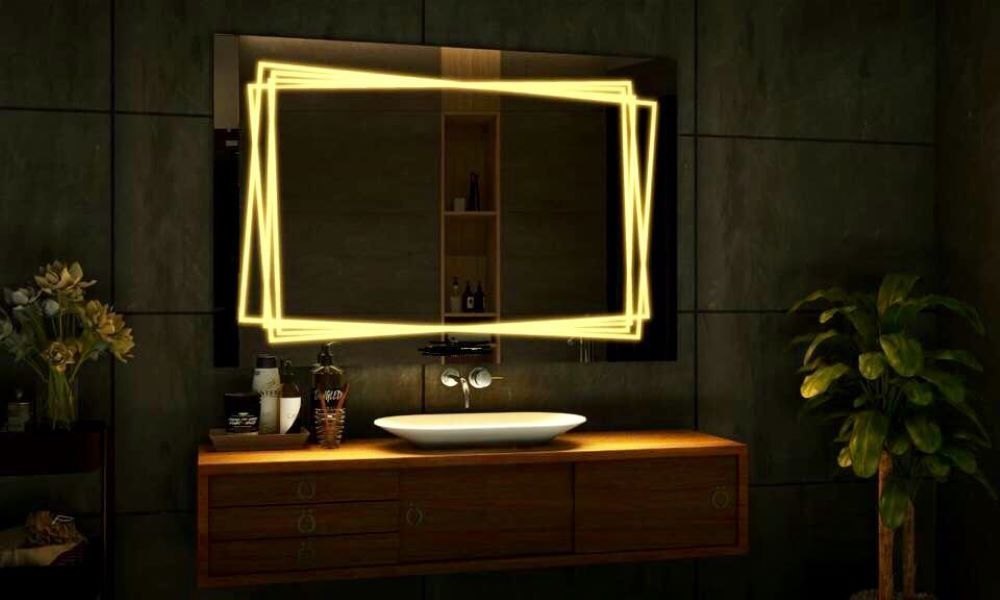Indoor spaces can sometimes feel flat or uninspired, especially when walls lack personality or depth. Adding reflective elements like mirrors can instantly breathe life into a room, making it feel more vibrant and inviting. Those exploring stylish upgrades are encouraged to consider decorative mirrors to transform their interiors effortlessly. Beyond aesthetics, these mirrors offer practical benefits that enhance the overall experience of a space. Here are the ways mirrors can elevate both classic vintage spaces and modern homes:
Add Timeless Style Instantly
Mid century modern mirrors bring a sense of sophistication and nostalgia that complements both vintage and contemporary decor. Choosing the right mirror can instantly transform a room. Some standout options include:
- Round or oval mirrors that soften sharp corners and add gentle elegance.
- Sunburst mirrors which make any wall a striking focal point.
- Metallic frames in brass or black for a sleek, timeless finish.
- Wood-framed designs that bring warmth and character to classic interiors.
- Large floor mirrors or grouped smaller mirrors to create depth and layered visual interest.
These mirrors reflect light and space and serve as stylish accents, blending effortlessly with various color palettes and furniture styles.
Maximizing Light and Illusion of Space
Mirrors are unmatched in their ability to make rooms feel larger and brighter. Positioned opposite windows, they reflect natural light across the room, reducing the need for extra lighting. Even smaller mirrors enhance spatial perception, making cozy corners feel open and airy. In narrow hallways or compact living areas, a well-placed mirror prevents spaces from feeling cramped. This visual expansion is particularly valuable in urban homes where floor space is limited, combining style and function seamlessly. Strategic placement can also highlight decorative elements, making the entire room feel thoughtfully designed.
Balancing Vintage Warmth and Modern Sleekness
Decorative mirrors naturally bridge different design eras. Pairing a vintage wooden frame with modern furniture adds warmth without compromising sleekness. Alternatively, a geometric metallic mirror can add character to a classic setting, creating a dynamic yet balanced visual experience. Choosing mirrors that complement existing textures, colors, and materials allows both eras to coexist gracefully in the same space. This balance ensures that neither vintage charm nor modern simplicity overwhelms the room, creating a cohesive and inviting atmosphere.
Highlighting Architectural Features
Mirrors can accentuate architectural elements, turning walls, alcoves, and fireplaces into focal points. Reflecting interesting angles or decorative moldings draws attention to features that might otherwise go unnoticed. They can also enhance staircases, loft spaces, or high ceilings, creating visual interest and depth. This approach transforms ordinary walls into curated displays, where functionality and design merge effortlessly. In addition, mirrors can make subtle architectural details pop, adding a layer of sophistication to the interior.
Mirrors That Double as Decor Statements
Beyond their practical benefits, decorative mirrors serve as art pieces in their own right. Sunburst designs, asymmetrical shapes, and intricate frames attract the eye and elevate the overall aesthetic of a room. By placing mirrors strategically, homeowners can create layers of design that interact with furniture, lighting, and artwork. These mirrors add personality and sophistication, proving that practical objects can also be expressive and stylish. They often become conversation starters, allowing a simple wall to showcase creativity and taste.
Incorporating mid century modern mirrors into any interior can instantly enhance both style and function. For homeowners seeking guidance on placement, size, or complementary designs, professional help can ensure optimal results. Exploring these mirrors allows rooms to feel brighter, more spacious, and visually engaging while reflecting personal taste. Elevating interiors with reflective surfaces turns everyday spaces into areas that are both elegant and inviting.




